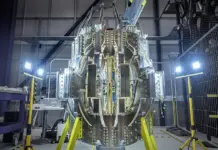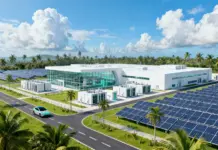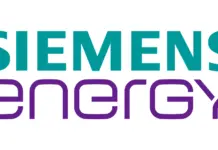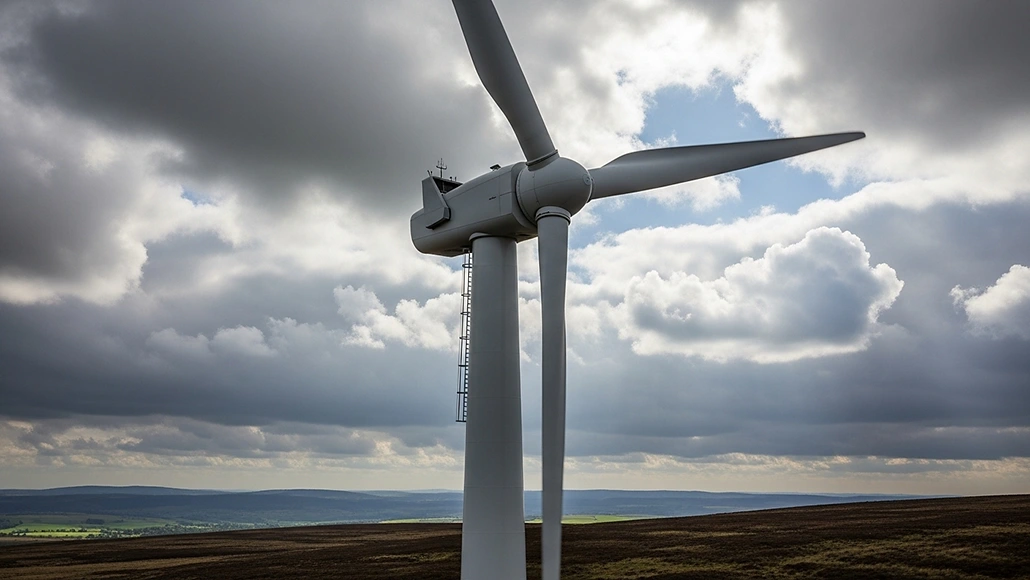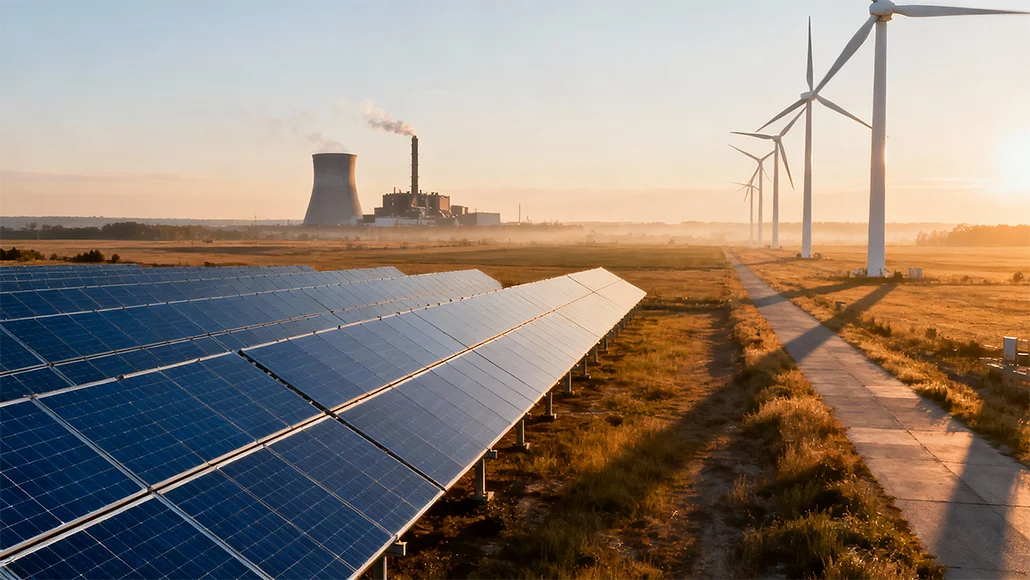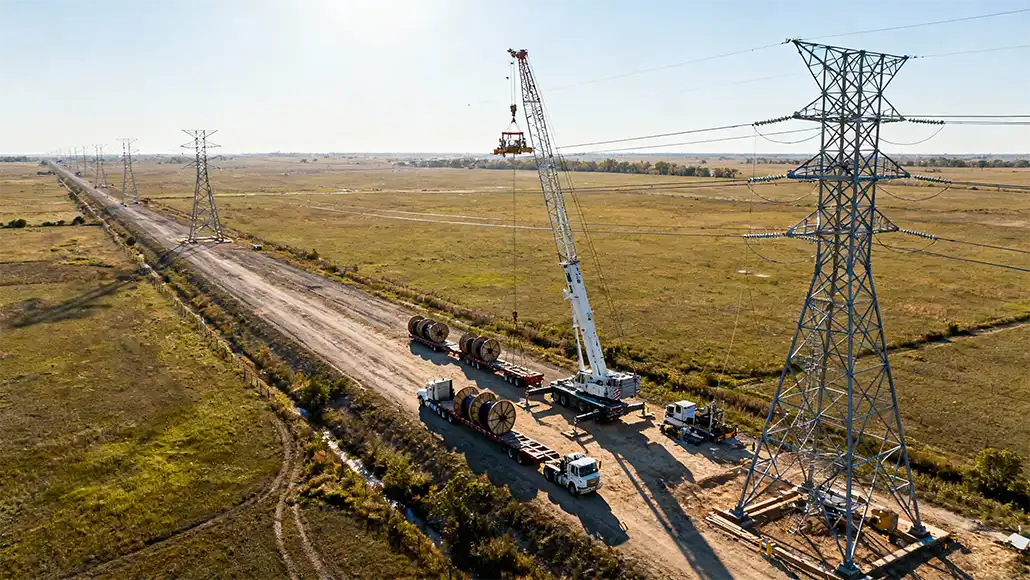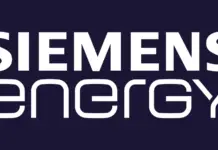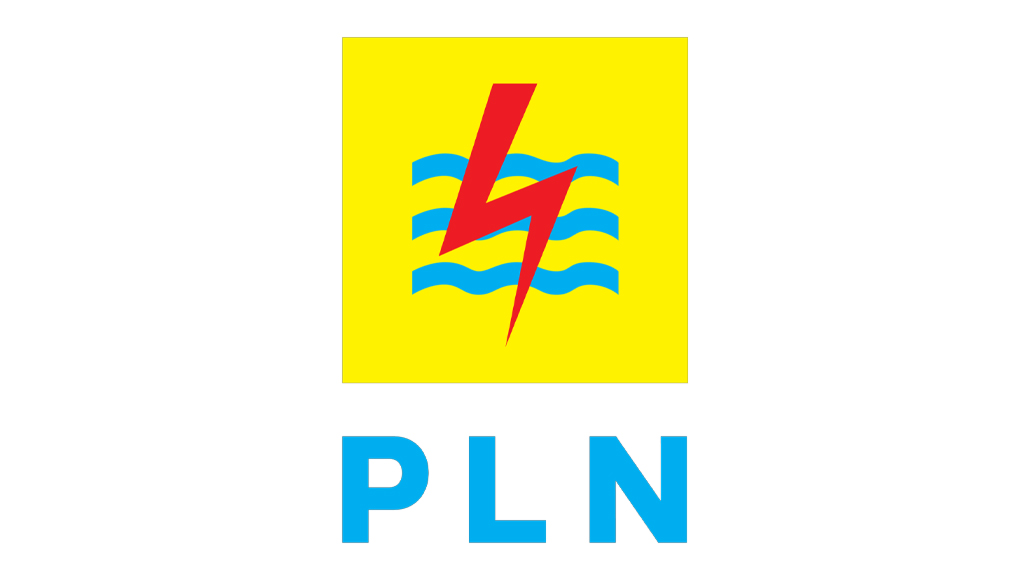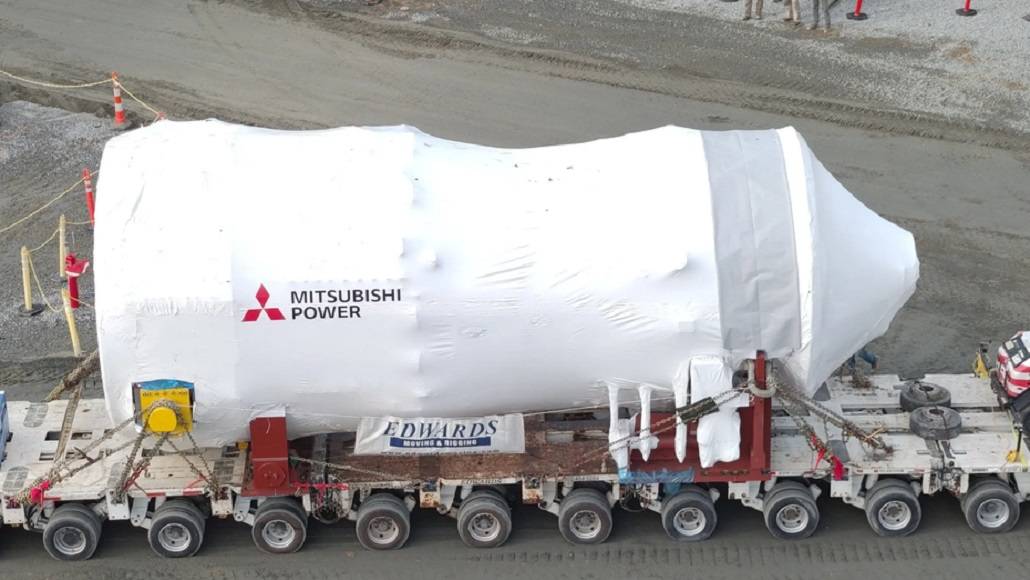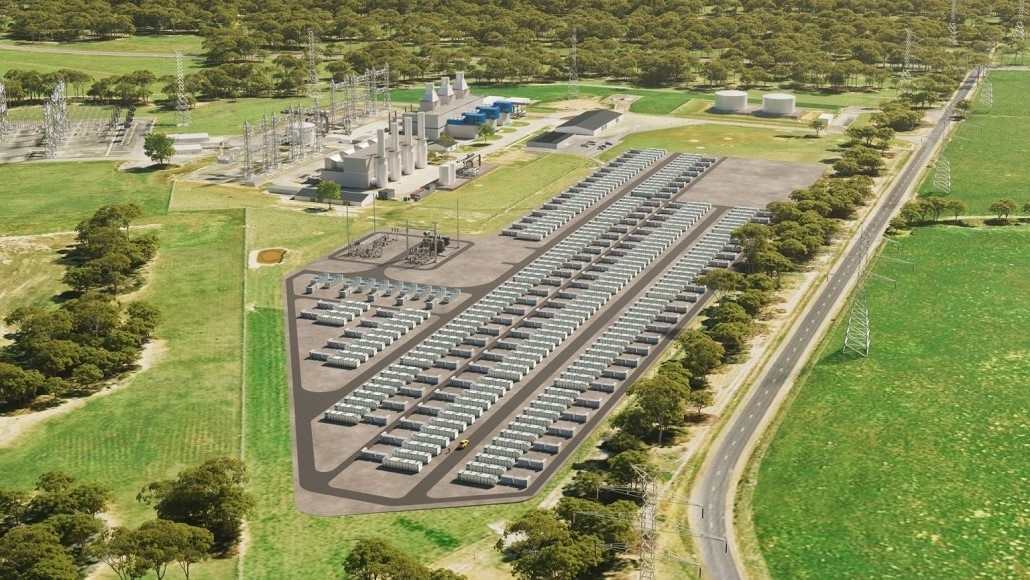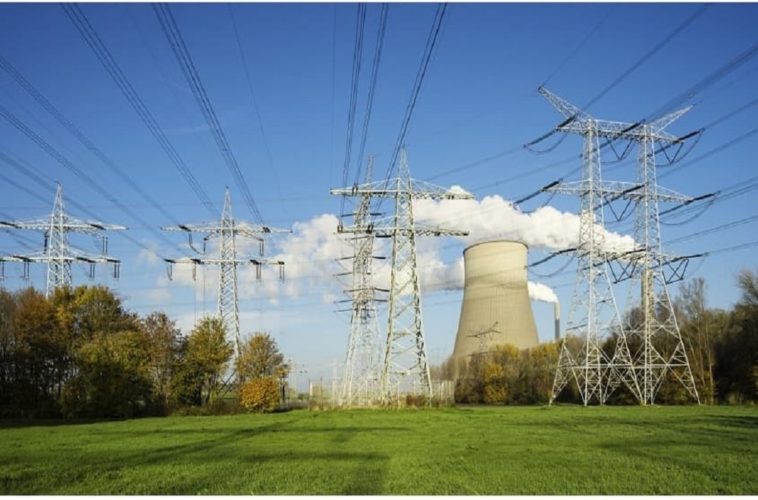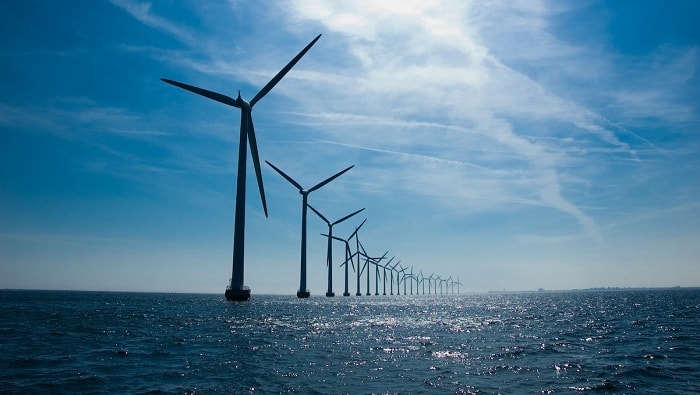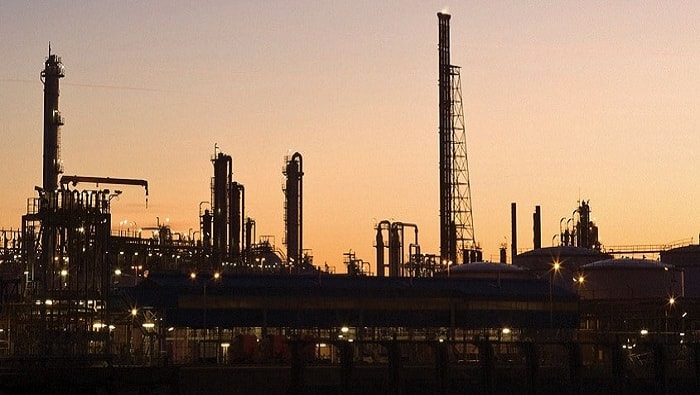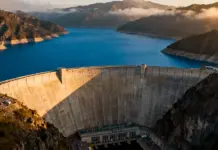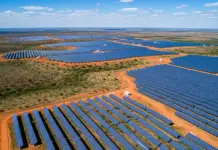Dongfang Electric from China has installed a 26 MW offshore wind turbine and has now become the most powerful in the world, surpassing Siemens Gamesa’s 21.5 MW unit based in Denmark.
It is well to be noted that the state-owned manufacturer has gone on to announce that the prototype has been placed at one of the testing and certification bases, therefore marking a milestone when it comes to the spectrum of turbine engineering.
Apparently, the machine, which happens to be the largest across the globe, both in terms of capacity and size, goes on to feature a blade wheel diameter of over 310 meters, which is equivalent to almost 1,107 feet, and also a hub height of 185 meters, i.e., 607 feet. Earlier in August 2025, Dongfang went ahead and shipped the heaviest nacelle in the world, in addition to its three giant blades, to the site.
The turbine, which is designed for offshore areas having wind speeds of eight meters per second and more, can go on to produce 100 gigawatt-hours of electricity per year with average winds of 10 meters every second.
The fact is that this kind of output is enough to go ahead and power 55,000 homes, slashing the consumption of coal by 30,000 tons and also decreasing the carbon dioxide emissions by almost 80,000 tons. This system, in a way, is engineered to actually withstand winds of around 200 kilometers per hour, as per Dongfang.
Rising along with the wind
It is worth noting that this installation highlights the growing dominance of China when it comes to offshore wind energy. In 2025 alone, China is anticipated to install almost three out of every four of the new offshore turbines in the world, reported Bloomberg, citing the BloombergNEF data.
All this compares with setbacks in the U.S., Europe, and Japan, where the projects have gone on to get stalled due to the high financing expenditures, supply chain barriers, and also reduced subsidies.
The advantages of China happen to lie in the integrated supply chains, financing that’s state-backed, support in terms of policy, and fast upgrades in technology.
According to one of the researchers with Global Energy Monitor, Yujia Han, who told Bloomberg that one happens to have this playground of a big as well as diverse market, which goes on to offer domestic companies a platform that’s filled with skills along with innovation that’s needed to come up with their global competitiveness.
The largest turbine makers of China, like Dongfang, Goldwind, and Ming Yang Smart Energy, are also pushing beyond the domestic waters. However, while they get the benefit from lower costs of production as well as massive local demand, foreign expansions have proven to be slower partly because of limited functional track records along with political scrutiny abroad.
Global struggles and local gains
Notably, the contrast is stark when it comes to Western players. Industry leaders like Orsted from Denmark and Siemens Gamesa, as well as General Electric, have been quite squeezed due to the rising component costs, interest rates that are high, and also government support, which is wavering. Mitsubishi from Japan recently withdrew from three offshore projects, whereas the German auction ended without any bid as the expenditures climbed.
On the other hand, the scale and innovation in China are actually reshaping the economics at home. The median cost when it comes to offshore wind power in China happens to be less than half of the UK, which is, by the way, the second-largest market in the world.
Then there are provinces such as Guangdong that are targeting capacity growth that’s ambitious – 17 gigawatts of offshore wind in 2025, which is more than any single country outside of China that has achieved to date.
The fact is that for Dongfang, the new 26 MW offshore wind turbine happens to reflect the trend toward ever-larger machines since the developers push for more offshore in search of better and stronger winds but at lower costs.
Although the prototype still has to undergo much fatigue testing before getting full certification, it happens to represent a massive symbol of how China doesn’t just keep pace but at the same time is also setting the speed when it comes to offshore wind.


